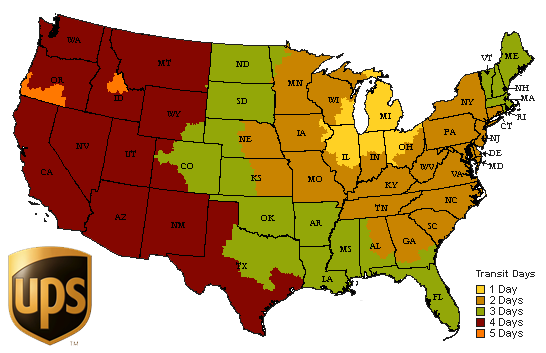How Shipping Weight is Calculated
The cost of shipping a package is dependent on the weight of the actual box versus the size of the actual box. The larger number between the two measurements is what UPS uses to charge for a package to be shipped.
Determine the Actual Weight
First, determine the weight of the package using a scale. Round any fraction of a pound to the next whole pound.
Determine the Dimensional Weight
Next, determine the package dimensions in inches. For each dimension, measure at the longest point, rounding each measurement to the nearest whole number (for example, 1.00 to 1.49 will be considered 1, and 1.50 to 1.99 will be considered 2). Measure the length, width and height of the package at its extreme points. If the package has a bulge or is irregularly shaped, include the bulge or irregular aspects of the package. Multiply the package length by the width by the height. The result is the cubic size in inches.
UPS Ground Transportation Shipments
If the cubic size of the package in inches is 11,620 or larger, divide the cubic size by 166 to determine dimensional weight in pounds. If the cubic size in inches is less than 11,620 use the actual weight of the package.
Determine the Billable Weight
Compare the package's actual weight to the dimensional weight. The greater of the two is the billable weight and should be used to calculate the rate. For multiple package shipments, total the billable weight of all packages in the shipment.
Estimated Shipping Times
The map shown illustrates the estimated delivery times for orders placed online from shop.montepkg.com. All orders placed in the shop.montepkg.com store are shipped via UPS Ground Monday through Friday. Currently, we do not offer expedited shipping through the online store.

